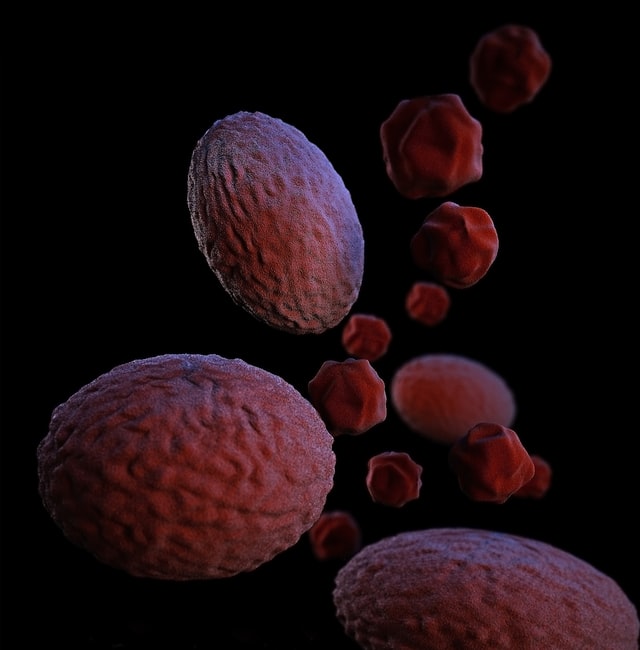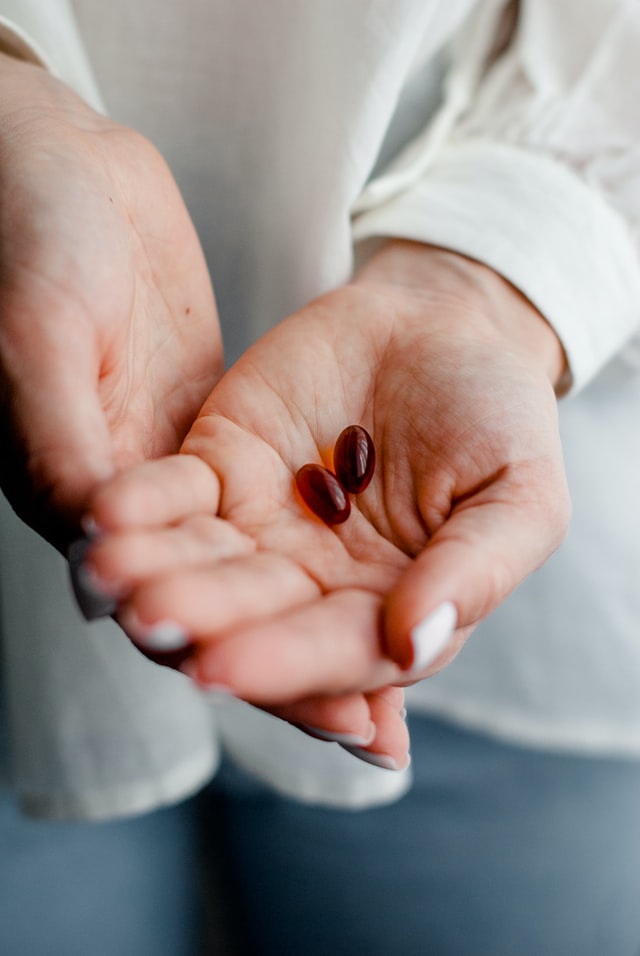Boric acid for yeast infection is considered a second-line treatment in the course of management. It may be recommended by doctors if other treatments aren’t working for recurrent cases.
According to women’s health, vaginal infections play an essential role in gynecologists’ concerns.
Among the forms of vaginal infections, vaginal yeast infection is considered the second most common affecting approximately 75% of women of reproductive age leading to a global public health problem that affects their work performance in addition to causing their great discomfort.
In this article, we will illustrate different points about boric acid for yeast infection treatment according to its effectiveness and side effects.
What is a vaginal yeast infection
To understand the use of boric acid for yeast infection we should answer this question.
Yeast is a fungus normally found in different parts of our body like genitalia, the skin, and the digestive system. When too much yeast grows due to defects in our immune system, it can cause an infection.
This infection is also called candidiasis and the name of this disease is attributed to the Candida species, when the yeast infection affects the vagina it has the medical term vaginal candidiasis or vulvovaginal candidiasis.
Candida Albicans is the main species that causes vaginal candidiasis and it is responsible for 80–92% of cases, but other species such as Candida glabrata (14.3%), Candida tropicalis (8%), and Candida parapsilosis (5.9%) have been reported to be involved.

What are the risk factors for vaginal yeast infection
Some of the most important risk factors that affect our immunity and lead to an increase in the susceptibility to vaginal yeast infection include:
- Long-term course of antibiotics taking
- Hormonal fluctuations during pregnancy
- Hormonal birth control
- Metabolic disorders such as diabetes
- Immunosuppressive therapy like cancer treatment or corticosteroids and some diseases such as HIV.
We should highlight that the abuse of vaginal douche may lead to affecting the vaginal microenvironment and increase the risk of vaginal yeast infection.
The vaginal douche is used for cleaning and getting rid of bad odors or relieving vaginal itching and irritation.
These risk factors are also responsible for recurrent attacks of the infection so come the benefits of using boric acid for these cases.
What are the manifestations of vaginal yeast infection
The symptoms and signs experienced by patients that lead to the usage of boric acid for yeast infection may include:
- Itching and irritation in the vaginal area
- A burning sensation mainly during intercourse or while urinating
- Redness and swelling of the vulva
- Vaginal pain and soreness
- Vaginal rash
- White, thick, odorless vaginal discharge with a cottage cheese appearance or watery vaginal discharge.
When to see your doctor
- It is the first time to have had these symptoms
- Your symptoms are not treated with over-the-counter antifungal vaginal creams or suppositories
- You develop other symptoms
- You develop a complicated vaginal yeast infection
Vaginal yeast infection may be complicated if there are severe signs and symptoms, such as extensive redness, swelling, and itching that leads to tears, cracks, or sores, recurrent condition of more than or equal to four yeast infections in a year.

Uses of boric acid
Boric acid is a chemical compound, that is used as a topical powder, that has disinfectant properties.
So It has been used in baby powders, antiseptics, diaper rash ointments, eyewashes, gargles, and a variety of other consumer products due to their known mild antiseptic property.
Also boric acid has contractile properties, as well as antibacterial, antifungal, and antiviral activity. In addition to providing relief of itching and inflammation of the skin and vagina and accelerating healing.
Thus, boric acid for yeast infection has proven to be effective in the alternative treatment of vaginal yeast infections and is available in pharmacies as an over-the-counter product.

The role of boric acid for yeast infection as a treatment
The mechanism of action and effectiveness of boric acid for yeast infection treatment is not fully understood; however, it is known to have fungistatic effects so it can affect the growth of candida species.
It has also been shown through in vitro studies to inhibit some of the virulence factors of Candida Albicans, such as germ-tube formation.
Different studies have shown that the benefits of using boric acid for yeast infection treatment are safe and it represents an economical option when first-line treatment for vaginal yeast infection fails.
Boric acid for yeast infection treatment is administered in the pharmaceutical form of gelatin capsules, ovules, or a suppository which is applied intravaginally.
Although no specific treatment has been established for vaginal yeast infections caused by candida species other than Candida Albicans, treatment options include prolonged therapy, during which 600 mg of boric acid is administered one time per day for 2 weeks, have been recommended.
The use of this compound in the treatment of vaginal yeast infection has come a long way, especially for complicated infections.
Always follow the instructions on the medication’s label that illustrate how these suppositories could be used.
To reduce the leaking out of boric acid, some instructions recommend using a suppository before sleep as lying down will reduce the risk.
For vaginal administration of boric acid for yeast infection
- Wash hands with soap and water.
- Gently insert the boric acid capsule into the vagina as far as possible, following the directions of the product.
- Wash hands after insertion thoroughly.
Boric acid for yeast infection has minimal side effects than standard ointments when it has been used with optimal concentration.
Some of the side effects that have been recorded are vaginal discomfort, burning sensation or allergic reaction, and abnormal vaginal watery discharge.
There are contraindications to using boric acid for yeast infections
- Vaginal bleeding
- Vaginal wounds
- Pelvic inflammatory disease and any sexually transmitted disease
- Pregnancy after consultation with your doctor
Summary
Vaginal yeast infections are considered a global public health problem as it affects approximately 75% of women of reproductive age.
Boric acid for yeast infection is a common second-line treatment that doctors recommend if other treatments have not worked or if the infection is recurrent and is available in pharmacies as an over-the-counter product.
You should contact your doctor if symptoms are not treated with over-the-counter antifungal vaginal creams or suppositories or if you develop a complicated vaginal yeast infection.
Read more about:
Home Remedies For Male Yeast Infection
Coconut Oil For Yeast Infection


You must be logged in to post a comment.